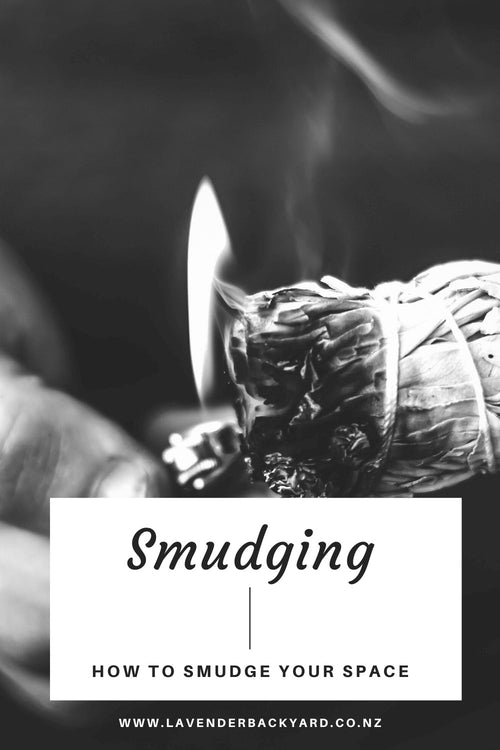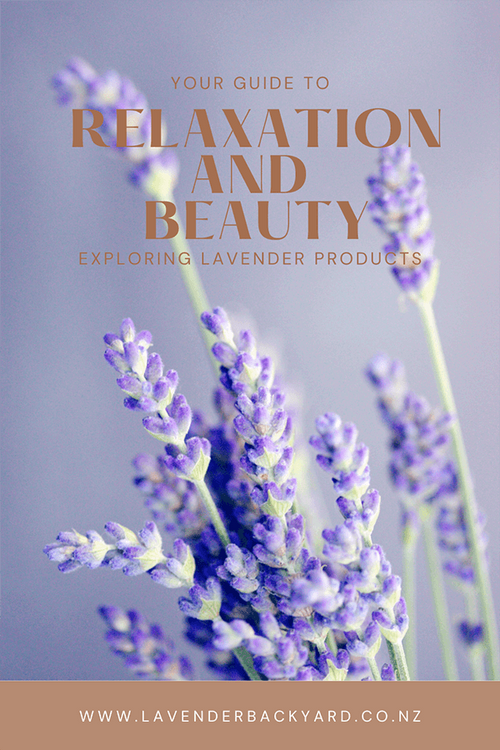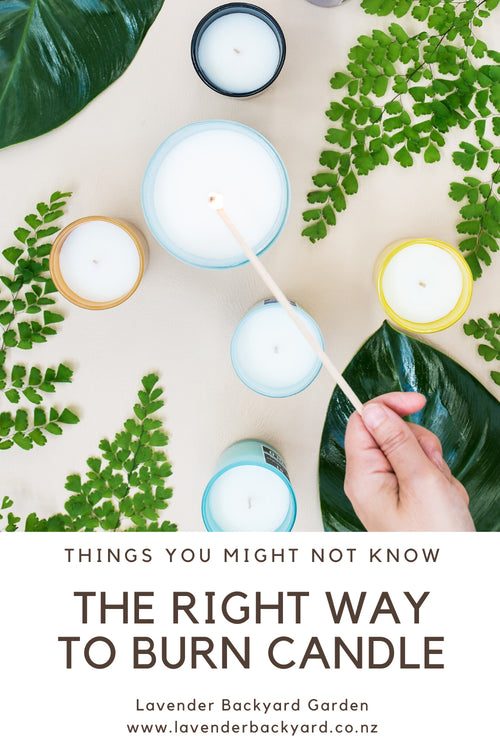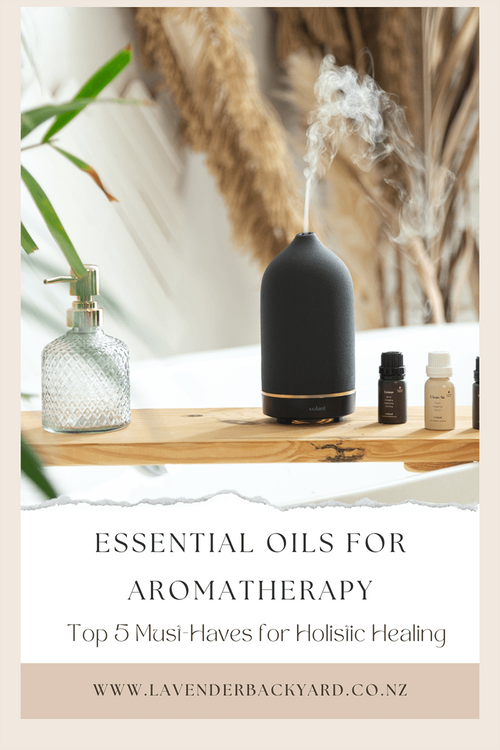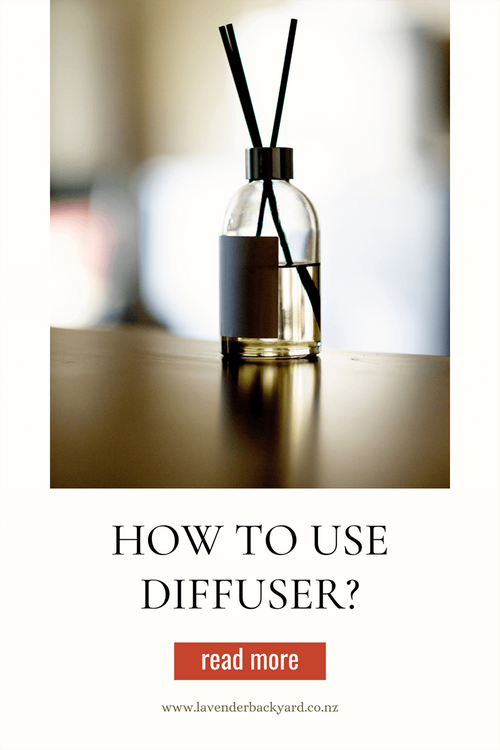Your Guide to Natural Perfume and Essential Oils
Share

Just like a piece of music, the musical notes make up a song, perfume notes are the individual components that form a pleasing scent with different layers when combined.
Today, most of the fragrances used in perfumes and cosmetic products are scented by synthetic chemicals. Natural perfumes are blended and crafted from plant based essential oils. Natural perfumes are typical cruelty-free, made without synthetic chemicals and gluten-free. However, the synthetic perfumes last longer than natural perfumes due to its synthetic fixatives.
In this article, we use scent families to classify the major ingredients of natural perfume, essential oils. It is likely you have smelled them at some point in your life. It might be in your kitchen or in your garden or out in the bushes or elsewhere.
Types of Scent Families
Scent families are broken up into four main categories: Floral, Oriental, Woody, and Fresh.
Floral Notes

The floral scent usually smell like fresh-cut flowers or sweet tropical fruits or floral scent with subtle spicy or soft powdery scent. Floral notes are used in many well-known perfumes. Common floral notes are:
Ylang Ylang
Ylang Ylang essential oil has a rich, sweet, soft, floral aroma.
Rose Geranium
Rose Geranium essential oil has a rose-like, sweet, floral aroma.
Neroli essential oils has sweet, honeyed and metallic scents with green and spicy notes.
Rose Otto
Rose Otto essential oil has a soft, deep, slightly lemony rose aroma with a faint spice note.
Jasmine
Jasmine absolute has sensual, rich and sweet floral aroma.
Lavender essential oil has a sweet, rich, intense, floral aroma.
Fresh Notes

The fresh scent family encompasses clean bright scents. Fresh scents are light, citrusy and sweetness in nature. They are popular as top notes in the perfume. Common fresh notes are:
Bergamot
Bergamot essential oil has fruity, fresh citrus aroma, with spicy floral undertones.
Grapefruit
Grapefruit essential oil has sweet, fresh, fruity, citrus aroma.
Lemon
Lemon essential oil has a sweet, light, fruity, fresh citrus aroma.
Woody Notes

Woody notes come from the essential oils of the moss and the wood of the trees. They are usually warm and opulent. Common woody notes are:
Sandalwood
Sandalwood essential oil has a very woody tones which is often described as creamy, sweet, warm earthy, rich aroma.
Patchouli
Patchouli essential oil has a rich, earthy, sweet, smoky aroma.
Oriental Notes

The oriental scents are rich and smell like herbs and spices or dry, powdery, resin notes. Common oriental notes are:
Vanilla
Vanilla extract has soft, warm, musky aroma.
Myrrh
Myrrh is a dark greenish-yellow liquid with a warm, slightly musty, earthy, balsamic aroma.
Benzoin
Benzoin has a clear vanillic aroma as well as a hint of cinnamon.
A Beginner's Guide to Essential Oils and Scent Families
Here are key takeaways in this article:
- Perfume notes are the individual components that form a pleasing scent with different layers when combined.
- Natural perfumes are blended and crafted from plant based essential oils, while synthetic fragrances are made with chemicals.
- Natural perfumes are typically cruelty-free, made without synthetic chemicals, and gluten-free.
- The synthetic perfumes last longer than natural perfumes due to their synthetic fixatives.
- There are four main scent families: Floral, Oriental, Woody, and Fresh.
Lavender Backyard Garden grows lavender and flowers, produces essential oils and designs essential oil natural perfume. Bring our essential oil roller blends into your daily life and you will fall in love with it!
